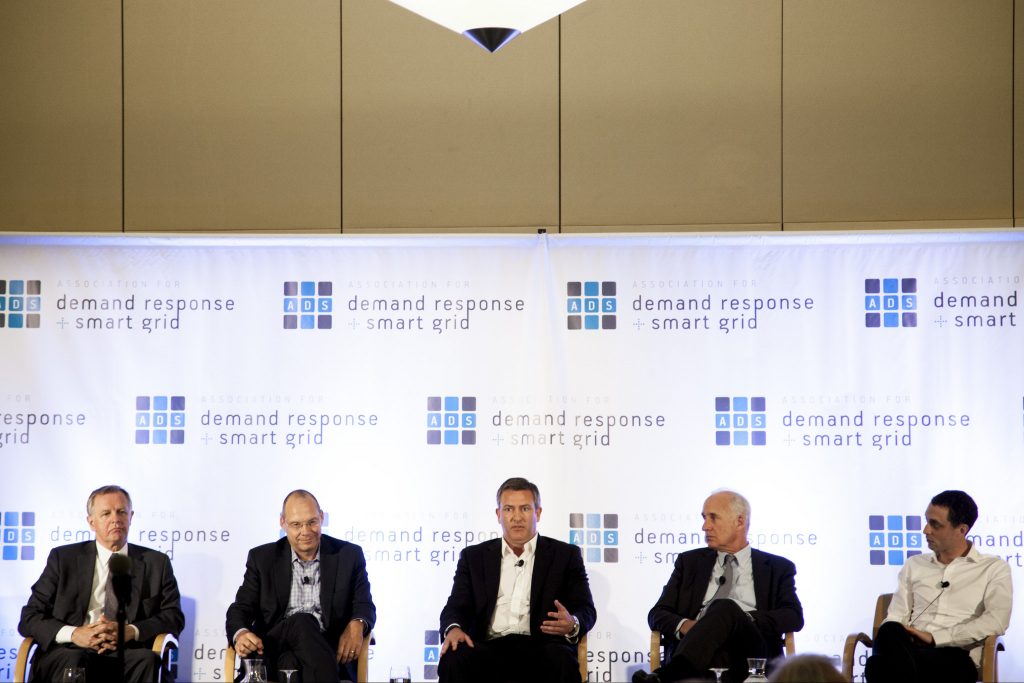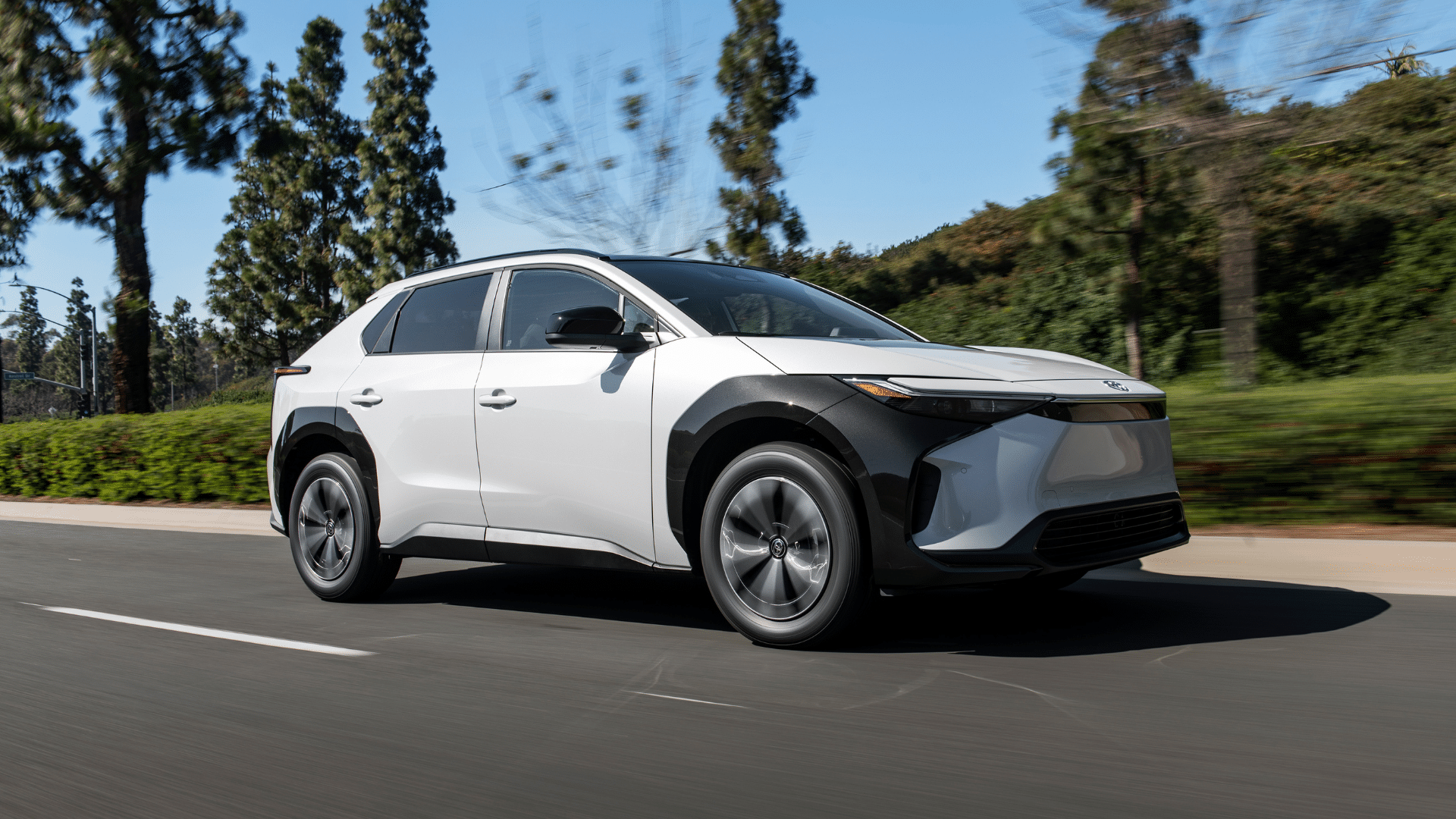
EnergyHub Team
June 3, 2015
Last week, we traveled to Washington, D.C. to attend one of our favorite annual events, the Association for Demand Response and Smart Grid’s (ADS) National Town Meeting on Demand Response and Smart Grid. EnergyHub’s President and Co-Founder, Seth Frader-Thompson, a member of the ADS Board, participated in the “Technology on the Rise” roundtable on Wednesday, May 27. As part of a panel discussion focused on the implications of technology continuing to outpace utility business models and policy, Seth shared his view that in the future, the adoption of new technology and business models by utilities will require a shift in incentives for market participants. A particular technology driver is the rapid growth of distributed energy resources (DERs). The future of DERs depends on the recognition that connected-device resources can drive operational value.
There were several recurring themes at the conference, all of which pertained to the future of demand response and utilities’ ability to adapt to the changing landscape. One theme was that the traditional utility model is being transformed both by new regulatory frameworks such as New York’s Reforming the Energy Vision (REV) initiative and by new technologies (solar, storage, et al.), creating uncertainty about the future. As a New York-based company, we’re particularly excited to be helping our local utility partners through the REV process.
Another theme was the expansion of the definition of demand response to include multiple strategies that can be employed with the same set of resources. In the future, we will include DR in the bucket of DERs, removing traditional industry silos so that all devices are enabled to both shed and contribute load in order to help shape load curves and promote grid reliability. This is especially important in California, where the famous duck curve will require new resource capabilities. The markets are also changing to allow for greater penetration for distributed energy resources and to allow resource owners to capture their full value.

Lastly, utilities are increasingly interested in thinking beyond connected thermostats to how other distributed technologies can be used, including electric vehicles, solar power, and energy storage. Ultimately, the most successful utility will be one that can integrate all of these technologies into a plug-and-play platform that allows utilities to optimize the loads on their grid while providing greater value for their customers.
The ability of utilities to adapt to this changing world of demand response is critical to their future success, and EnergyHub is excited to help our utility customers stay competitive in this evolving landscape. We are helping our customers do this by providing them with a sophisticated connected device management platform that is flexible enough to meet the needs of an individual utility and grow with the utility as industry dynamics evolve.
While trying to navigate the world of new distributed energy resources can be intimidating, we believe utilities should view these new technologies as opportunities to evolve and strengthen their relationships with customers. The world is changing, and customers have more options than ever for managing energy in their homes. We continue to help our utility partners identify and take advantage of new resources in a way that will engage customers while making it easier than ever to achieve load shed goals.
Interested in keeping up with the latest dispatch from the grid edge?
Get our next post in your inbox.


